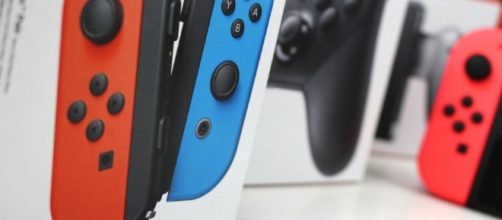Owners of the newly released Nintendo Switch are still complaining of the numerous hardware issues ranging from blue screens to performance issues. Chief among them is the desyncing left Joy-Con controller, which Nintendo has already addressed, saying it may be caused by wireless interference. However, a recent teardown by a YouTuber seems to conclude that the problem stems from the console’s design.
The problem with the left Joy-Con
Spawn Wave Media’s Jon Downey uploaded a video on YouTube showing a teardown of the Nintendo Switch, wherein he took apart both controllers of the device.
Both units indeed have differences, but Downey was expecting more of the components to be somewhat similar. What he found out though is the right Joy-Con has two extra internal components – an infrared camera and an NFC chip – things that the left unit doesn’t have.
Eventually, the teardown enthusiast found a Bluetooth antenna inside the left Joy-Con and there he discovered design flaws that could be the main reason why the console has poor connectivity. According to Downey, instead of the antenna being a separate unit within the device, it is printed directly onto the circuit keyboard. Additionally, the positioning of the antenna is contributory to its weak signal, as it’s just beneath the device’s shoulder button next to where the joystick is, ending up being blocked by the user’s fingers.
Switch Joy-Cons can connect to Mac, Android and PC, though
Amid the complaints, the Nintendo Switch continues to amaze people as it’s been recently found out that the Joy-Cons can be paired with Mac, Android devices and PC via Bluetooth. Unfortunately, iOS devices don’t have this feature as of the moment because of its different wireless specification. This means that the iPad or iPhone are excluded from this perk.
In other Nintendo Switch news, the $70 Pro Controller is currently out of stock in many US retailers such as GameStop, Best Buy, Amazon, Target and Walmart. However, those interested may have chance with third-party resellers online that offer the device for anywhere from $90 to $120.

